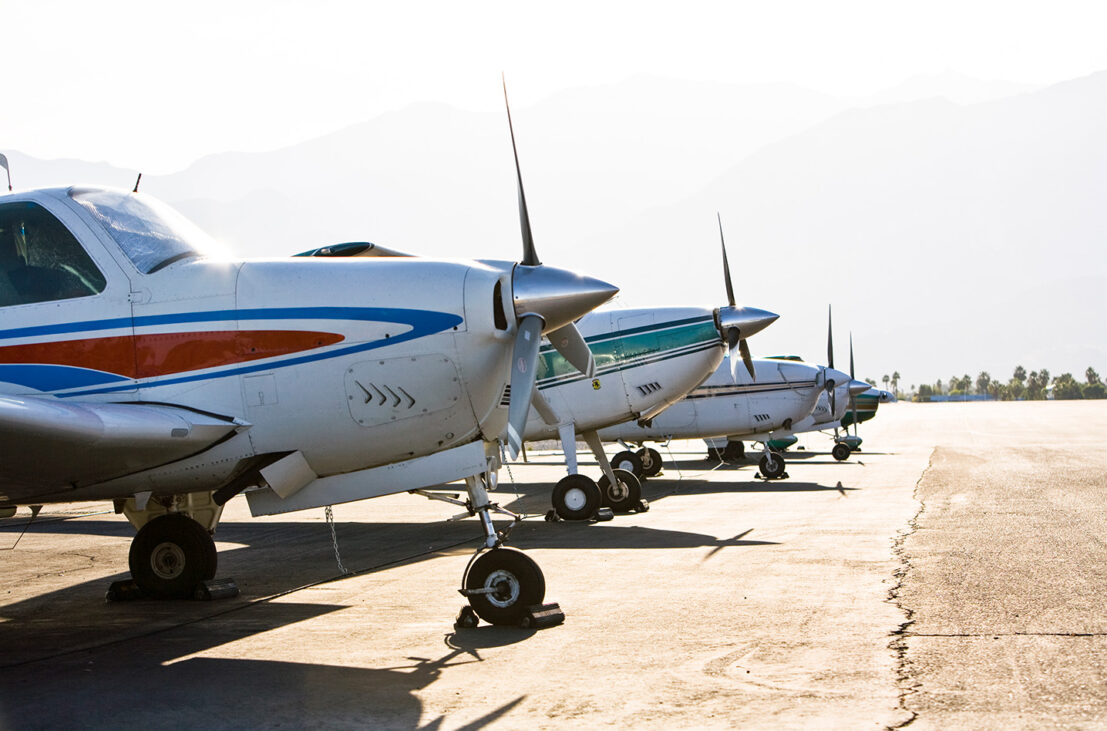
Feb. 22, 2024
Continued robust deliveries for general aviation (GA) aircraft in 2023, and the industry’s push toward net-zero carbon emissions by 2050, were in focus during the General Aviation Manufacturers Association (GAMA) State of the Industry conference, held Feb. 21 in Washington, DC.
All GA aircraft and rotorcraft segments posted higher shipments and preliminary aircraft deliveries last year, with combined shipments valued at $27.8 billion, a 3.6% increase over 2022. “For the first time in over a decade, the general aviation manufacturing industry has eclipsed 4,000 aircraft delivered,” added GAMA President and CEO Pete Bunce.
Piston fixed-wing aircraft deliveries saw the healthiest percentage increase at 11.8%, with a 2.5% gain in business jet shipments. Total industry billings increased to $23.4 billion, a 2.2% increase over 2022.
While that growth is encouraging, Bunce noted the industry remains sensitive to several external pressures. “One of the messages that we are transmitting to the regulators is [that] this industry depends on predictability,” he said. “Right now, we do not have predictability with the regulatory authorities across the globe.”
That includes the continued lack of a new FAA reauthorization bill, although Bunce did note recent progress. “After many months, the Senate followed the House’s lead and was able to get a bill out of markup,” he said. “We know that the House and Senate now are working together to reconcile the differences within the bills.”
Other challenges facing the global GA industry included continued supply chain issues and workforce shortages, as well as what Bunce termed, “short-sighted efforts aimed at curbing business and general aviation, particularly in Europe.”
Read GAMA’s 2023 Annual Report.
With sustainability at the forefront, Bunce also cited the segment’s importance in driving the development and implementation of new fuel sources and technologies aimed at further minimizing the GA industry’s already-negligible carbon footprint.
“Without general aviation, all the sustainability goals across all of civil aviation will not happen,” Bunce emphasized. “We are the technology incubator for the entire industry, and if you harm our industry, you’re going to harm any chance of being able to have [broader] sustainable aviation.”
These efforts were also in focus during a discussion with GAMA board members whose companies are helping drive the industry’s sustainability goals. “The very first thing airframers like to understand is, ‘what kind of improvements can the engines make?'” said panel moderator Henry Brooks, GAMA vice-chairman and president, Power & Controls, at Collins Aerospace. “And then we build the rest of the plane around that.”
While emerging technologies like electric propulsion and advanced air mobility remain at the forefront of the industry’s sustainability goals, significant work is also underway to optimize existing and near-future resources, including greater use of sustainable aviation fuel (SAF).
“Whatever the source of the energy, we can convert it to thrust for airplanes,” said Alan Paxson, chair of GAMA’s Technical Policy Committee and head of innovation at GE Aerospace. “Whether you store it in a battery or hydrocarbon like fuel or SAF or even in a hydrogen atom, we can convert that to thrust and we know how to do that.”


 International Business Aviation Council Ltd.
International Business Aviation Council Ltd.